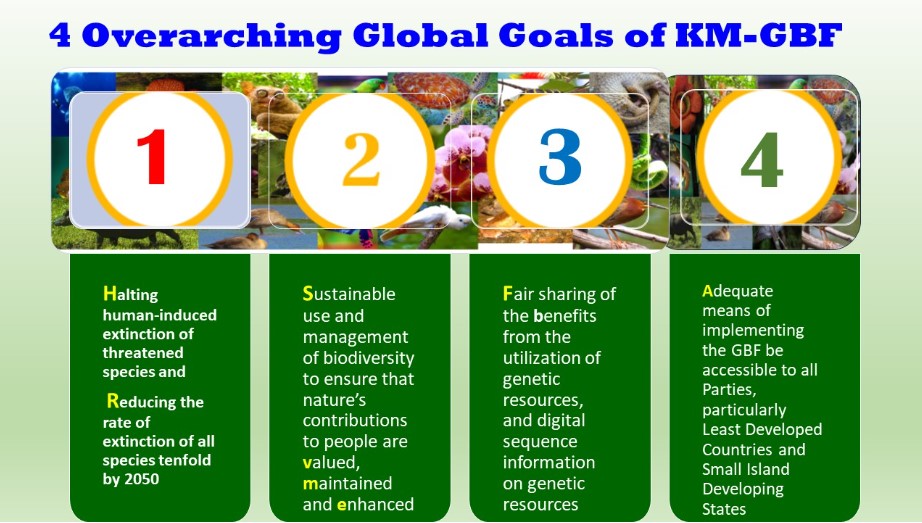7667766266
enquiry@shankarias.in
Mains: GS III – Environment
Recently, 7 countries have secured $5.8 million from the Kunming Biodiversity Fund to enhance nature-friendly agriculture.


What lies ahead?